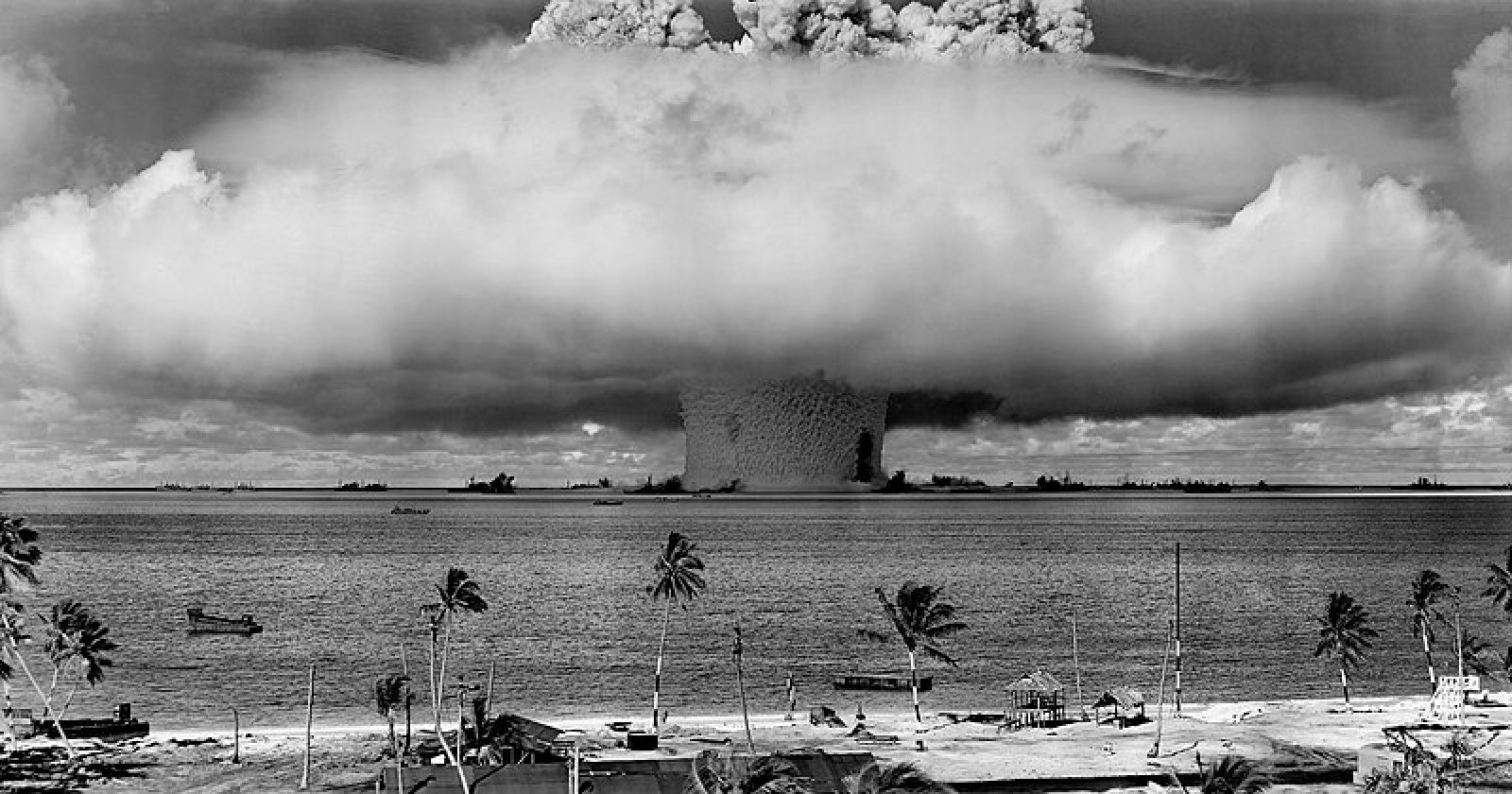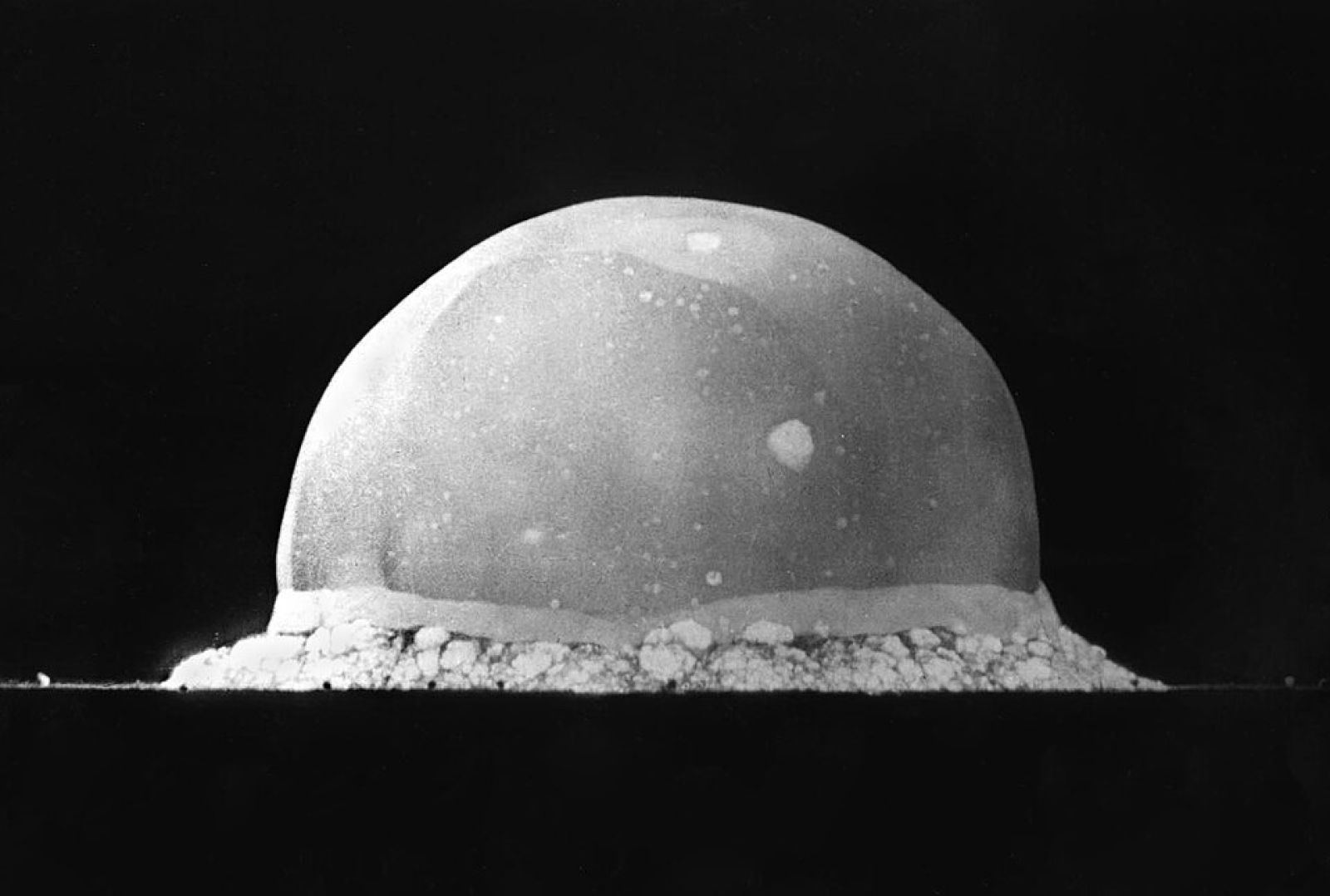Follow us on Google News (click on ☆)
Since Trinity, the nuclear arms race has intensified, with thousands of nuclear warheads developed worldwide. The complexity of their manufacture lies in the handling of fissile materials, such as uranium and plutonium, requiring complex and dangerous enrichment processes.
Uranium enrichment, for example, transforms uranium-238 into uranium-235, which is more reactive. This process, which can take months, requires centrifuges and poses chemical risks, particularly with uranium hexafluoride, a highly toxic substance.
Plutonium, on the other hand, does not exist naturally and must be extracted from spent nuclear fuel. Its processing is even more delicate, with risks of reaching a critical mass, which could cause an accidental explosion.
The design of nuclear weapons aims to create a supercritical mass of fissile material in an instant, triggering a devastating chain reaction. Thermonuclear weapons, using both fission and fusion, further amplify this destructive power.

The "Baker" explosion, part of Operation Crossroads, a U.S. military nuclear test at Bikini Atoll in Micronesia on July 25, 1946.
Image Wikimedia
Nuclear tests, once conducted on dedicated sites, have left indelible marks on the environment and local populations. Today, computer simulations allow testing these weapons without resorting to actual explosions.
Despite technological advancements, the manufacture of nuclear weapons remains a daunting task, limiting the number of nuclear powers in the world. The complexity of these weapons, combined with environmental and health risks, underscores the importance of non-proliferation efforts.
What is nuclear fission?
Nuclear fission is a process where the nucleus of a heavy atom, such as uranium or plutonium, splits into two lighter nuclei, releasing a significant amount of energy. This reaction is the basis of nuclear weapons and nuclear reactors.
When the nucleus splits, it also releases neutrons that can cause the fission of other nuclei, creating a chain reaction. This chain reaction is what makes nuclear weapons so powerful.
In a nuclear reactor, this reaction is controlled to produce energy in a stable manner. However, in a nuclear weapon, the reaction is deliberately uncontrolled to maximize the energy released in a very short time.
Nuclear fission was discovered in the 1930s and was quickly recognized for its destructive and energy potential. Today, it remains an important research topic to improve the safety and efficiency of nuclear reactors.
How does uranium enrichment work?
Uranium enrichment is a process aimed at increasing the concentration of the uranium-235 isotope in natural uranium, which is primarily composed of uranium-238. Uranium-235 is more reactive and can sustain a chain reaction.
The process begins by converting uranium into a gas, uranium hexafluoride. This gas is then centrifuged at high speed to separate the isotopes based on their mass. Uranium-235, being lighter, concentrates at the center of the centrifuges.
To reach the enrichment level necessary for a nuclear weapon, about 90% of the uranium must be converted into uranium-235. This process is not only technically difficult to achieve but also very energy-intensive.
Uranium enrichment is strictly regulated internationally to prevent the proliferation of nuclear weapons. Enrichment facilities are subject to regular inspections to ensure they comply with safety and non-proliferation standards.
